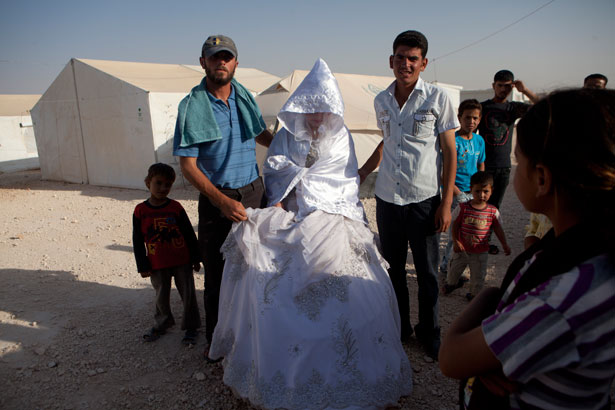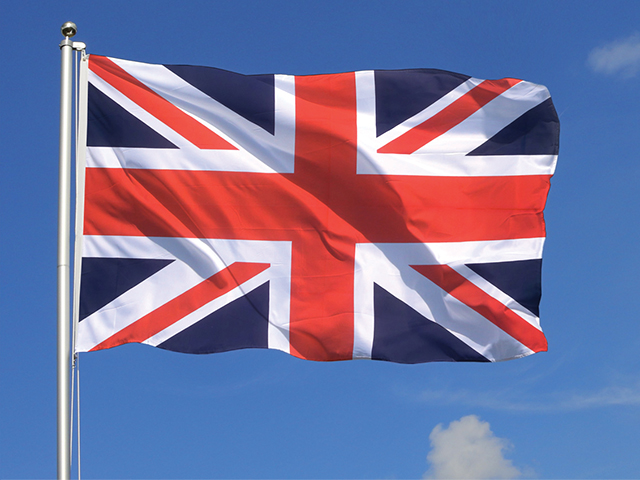
There are many coming of age traditions for young girls across the world; Confirmations, Bat Mitzvahs, Quinceaneras and Initiation camps where girls as young as eight are brought to elders in the community to be raped and often catch aids, cervical cancer or become pregnant.
The latter is the fate of not only young girls in Asia and the Middle East but here in Ireland and refugee camps throughout Europe, where young girls are forced into being child brides.
Many European countries are allowing refugee child brides to be re-united with their older husbands when they reach our shores, as long as the marriage was legally recognised in their home countries such as Syria.
Some 20 girls between the ages of 13 and 15 have been given legal permission to join their older husbands at Dutch asylum centres, according to the regional news channel, RTV-Noord.
Last October, 14-year-old Fatema Alkasem disappeared along with her 24-year-old husband from a Dutch asylum centre. The girl was believed to be nine months pregnant and in need of medical care, which struck controversy across the world.
“A 12-year-old girl with a 40-year-old-man – that is not a marriage, that is abuse,” said Dutch politician, Attje Kuiken.
“We’re talking about really young children, girls 12-13 years old. I want to protect these children. The government should take them into foster care and protect them, because before the new law comes into force, they can still be subject to abuse,” he said.
If a girl marries before her 15th birthday, she is five times more likely to die during childbirth, according to Plan International Ireland. Every year, 15 million girls are married as children – that’s 28 girls married every minute.
girls are married as children – that’s 28 girls married every minute.

The Netherlands is currently in the process of changing their laws regarding marriages conducted in other countries by those under the age of 18-years. Child marriages will no longer been recognised in the Netherlands.
“Not all governments are acknowledging these marriages. Countries like Denmark and Sweden have, upon finding out that a child marriage is in operation, separated the couples,” said Donnacha Maguire of Plan International Ireland.
“While it’s true that the vast majority of child marriages take place in Africa and Asia, there are some child marriages taking place in Ireland, and in other EU countries. For example, roughly, 30-35 marriages take place in Ireland every year where at least one of the participants is under the age of 18. They require an exemption to be obtained from the High Court for the marriage to take place,” said Maguire.
In other EU member states, such as Germany, child brides that arrive to claim asylum are treated as unaccompanied minors.
“All national governments must standardise their marriage laws to ensure that no person under 18 can get married. We must step up the fight against child marriage across the world. The EU has a major role to play through its Development and Humanitarian programmes,” said Maguire.
According to UNICEF, while many countries have age limits on marriage, girls are sometimes forced into illegal marriages.

Child Marriage is a symptom of poverty, according to Maguire. “Many parents are forced to marry off their daughters in order to obtain a dowry or simply reduce the number of mouths they need to feed. There are no religious or cultural traditions that support child marriage,” he said.
“By providing quality education, increasing economic opportunities and removing barriers to societies flourishing, the EU can reduce the need for families to marry off their daughters at such an early and dangerous age,” said Maguire.
Over 700 million women alive today were married when they children. That’s more than four times the female population of the US, according to UNICEF. “If we don’t do anything about it, the figure could raise to 1.2 billion by 2015.”
women alive today were married when they children. That’s more than four times the female population of the US, according to UNICEF. “If we don’t do anything about it, the figure could raise to 1.2 billion by 2015.”
By Catherine Devine




Leave a Reply